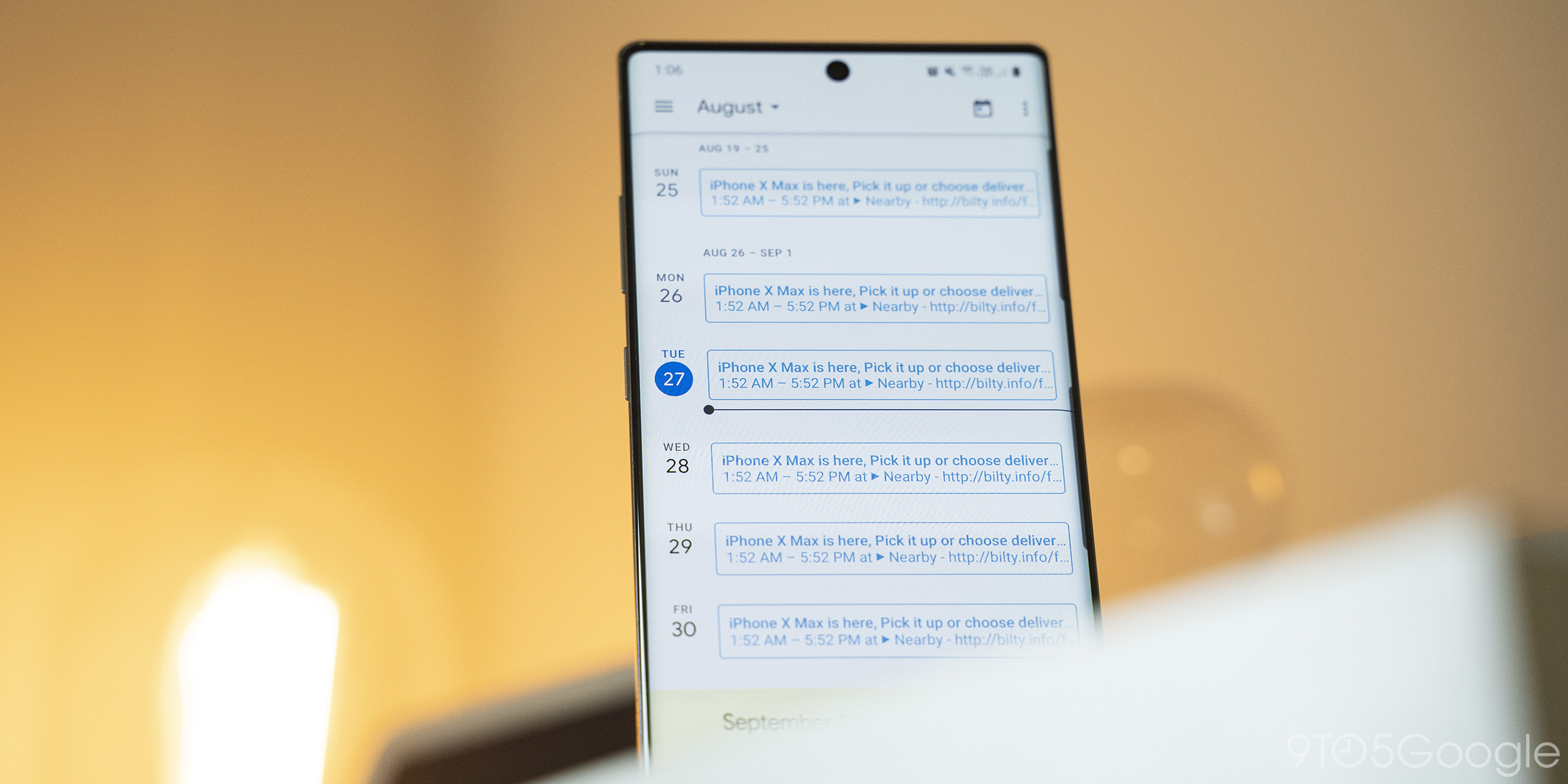
Blocking users to fight Google Drive spamĪs Google explained in May, “Drive’s sharing capabilities fuel productivity and collaboration, but bad actors can abuse tools that are meant to facilitate helpful sharing.” Here are all of the ways that user blocking will protect you from those bad actors going forward:īlock another user from sharing any content with you in the future. Announced back in May, Google is giving Drive users the ability to block other users. On Google’s Workspace blog this week, the company revealed that a tool to combat Drive spam is currently rolling out. Thankfully, at long last, Google has a solution. One of the most obscure methods of spam is Google Drive spam, and although it isn’t quite as irritating as many other forms of spam, it has been enough of a problem that Google felt the need to address it back in 2019. If it can be used to communicate with others, someone will use it to spam you.

The emails, the phone calls, the texts - it’s impossible to avoid spam. We'll update the post with more information as it comes in.Bad actors on the internet are constantly finding new ways to send us spam. Meanwhile, Cloudflare leapt into action very quickly. Google is aware of the situation and is currently working on it. Here are some of the domains being used for this (all offline at the time of writing, but there may be others): While 2FA would normally save you from a phishing attempt, in this case, the victim is willingly giving permission to the app so 2FA won't help - the only solution is to see which apps have been granted permission and revoke. Somehow, nobody at Google thought of preventing people from calling their apps "Google Docs".Īfter "Allow" is hit, the spam is then sent on to contacts. Where this all goes wrong is on the next page, which is where the victim actually gives the app permission to access the account via OAuth. Hitting the Google-styled "Open in Docs" button takes the clicker to a genuine Google sign-in page, which is sure to wrong-foot many people: Title: has shared a document on Google Docs with youīody: has invited you to view the following document The potential victim receives an email claiming to be from a Mailnator account, which they dispute is related to their service. This doesn't mean it didn't begin with a popped journo mailbox and spread its way out from there or that someone didn't intentionally send it to a number of journalists of course - but either way, this one has gone viral and not in a "look at the cute cat pic" fashion. There's a very clever phishing scam going around at the moment - originally thought to be targeting journalists given the sheer number of them mentioning it on their Twitter feeds, it's also been slinging its way across unrelated mailboxes - from orgs to schools/campuses.


 0 kommentar(er)
0 kommentar(er)
